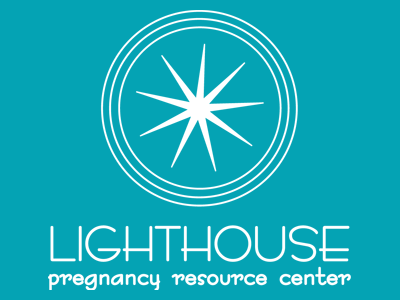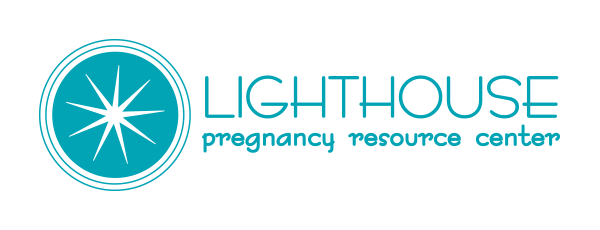If you are considering an abortion, you should take the time to become fully informed about all aspects of an abortion. Abortion carries the risk of significant complications. Serious medical complications occur infrequently in early abortions, but increase with later abortions.
You have the right to be fully informed about your pregnancy options and other concerns that might affect your decision and your health. Lighthouse provides free and confidential services to ensure that you have accurate information when making your decision; however, we do not offer or refer for abortion services.
We are here to help you talk through all your options. For more information or to request an appointment please CALL/TEXT us at 201-677-2394 or e-mail help@lighthouseprc.org.
Chemical or Medication Abortion Procedures
Commonly referred to as the “Abortion Pill,” a chemical abortion causes the termination of a pregnancy by using a combination of medications. The protocol approved by the Food and Drug Administration (FDA) allows this type of abortion up to 10 weeks after the LMP. It is commonly used “off label” up to 63 days (nine weeks) from the last menstrual period. The FDA-approved procedure usually requires two office visits where you will be given two medications. The first is mifepristone, which causes the death of the embryo in 48-72 hours. She is then instructed to take the second medication (misoprostol) in two days. The misoprostol causes uterine contractions and cramping to expel the embryo from the uterus. The second visit will include an ultrasound to determine if the procedure has been completed.
Chemical abortions are contraindicated for individuals with certain medical conditions. Consult with your own healthcare provider to understand your personal risks.
Risks associated with medication abortion include:
- bleeding, on average 9-16 days; 1 in 100 women bleed enough
to require surgery (D&C) to stop the bleeding - infection
- undiagnosed ectopic (tubal) pregnancy
- failed or incomplete abortion
- emotional trauma from seeing embryonic parts expelled.
What if you change your mind? If you have only taken the first medication, the mifepristone, and are having second thoughts about your decision, it may not be too late to change your mind. Some doctors have found that using a natural progesterone, off-label, can reverse the effects of the abortion pill. For many, this has resulted in successfully carrying their babies to term and the delivery of healthy infants. The abortion pill reversal is only possible after the first medication (mifepristone) of a medical abortion has been taken. Among medical professionals, there is some controversy regarding this procedure. Research has been done and continues to be conducted on the use of progesterone for this purpose, so it is important for women to be under the care of a medical professional and not to attempt to reverse the effects of the abortion pill on their own.
For more information go to abortionpillreversal.com or call their hotline: 877-558-0333.
Surgical Abortion Procedures
There are several types of surgical abortion procedures2.
First Trimester – the first 12 weeks of pregnancy from LMP.
Suction Aspiration (also called Manual Vacuum Aspiration or Mini Vac)
- Can be performed up to 14 weeks after LMP
- A local anesthetic is applied or injected into or near the cervix (the opening to the womb), to prevent discomfort or pain. Conscious sedation and/or general anesthesia are also commonly used.
- The cervix is stretched open with dilators (metal rods). A hollow plastic tube is inserted into the uterus.
- The fetus and the remaining contents of the uterus are removed using a suction device.
Dilation and Curettage (D&C) with Vacuum Aspiration (also called Suction Curettage)
- Can be performed up to 14 weeks after LMP
- A local anesthetic is applied or injected into or near the cervix to prevent discomfort or pain. Conscious sedation and/or general anesthesia are also commonly used.
- The cervix is stretched open with dilators (metal rods).
- The fetus and the remaining uterine contents are removed with a hollow plastic instrument connected by tubing to a suction machine.
- After suctioning, the walls of the uterus are scraped with a curette, a loop-shaped knife, to ensure all the parts of the fetus, placenta, and contents of the uterus have been completely removed.
- A follow-up appointment should be made with the doctor.
Second Trimester – the next 13 to 28 weeks of pregnancy
Dilation and Curettage (D&C) Procedure described above can be done up to 14 weeks after LMP.
Dilation and Evacuation Abortion (D&E):
- Can be performed from 13 weeks after LMP to 24 weeks of pregnancy
- Sponge-like pieces of absorbent material called laminaria sticks are placed into the cervix. These dried seaweed sticks become moist and slowly open the cervix. This material remains in place for several hours or overnight. A second or third application of the sponge material may be necessary.
- Dilating rods may also be used to further enlarge the cervical opening.
- Following dilation of the cervix, medications may be given to ease pain and prevent infection.
- After a local or general anesthesia has been administered, the fetus and placenta are removed from the uterus with suction and a grasping tool (forceps).
- A curette may then be used to scrape out any remaining tissue from the uterus
To better understand all your options, please contact Lighthouse Pregnancy Resource Center today for a free, confidential appointment.
Sources:
- U.S. Food and Drug Administration. Mifeprex package insert. Vaginal bleeding. Available at http://www.accessdata.fda.gov/drugsatfda_docs/label/2005/020687s013lbl.pdf. Accessed February 12, 2011.
- All surgical abortion procedure information was excerpted from: Paul M, Lichtenberg S, Borgatta L, Grimes DA, Stubblefield PG, Creinin MD, eds. Management of Unintended and Abnormal Pregnancy: Comprehensive Abortion Care. UK: Wiley-Blackwell; 2009.


